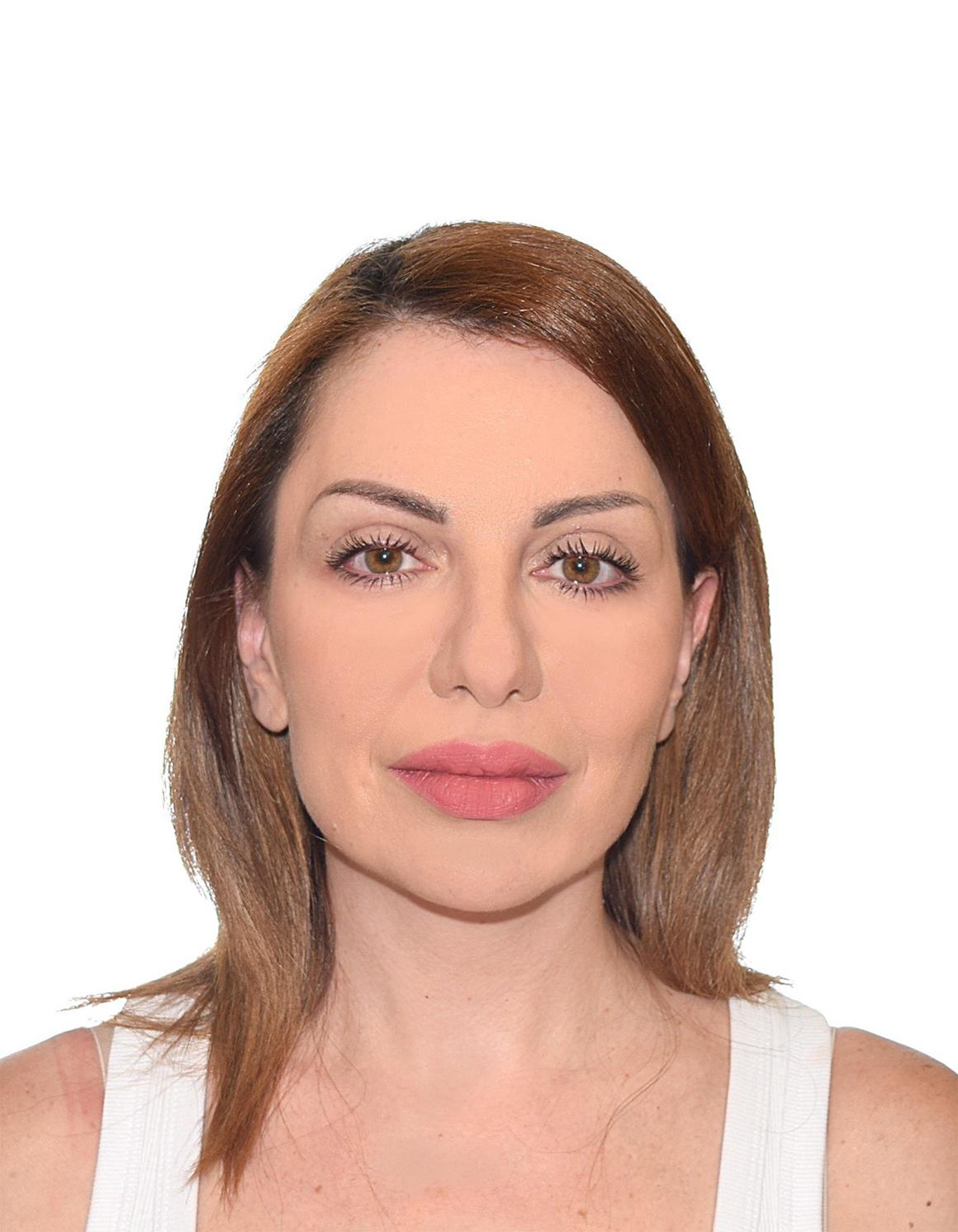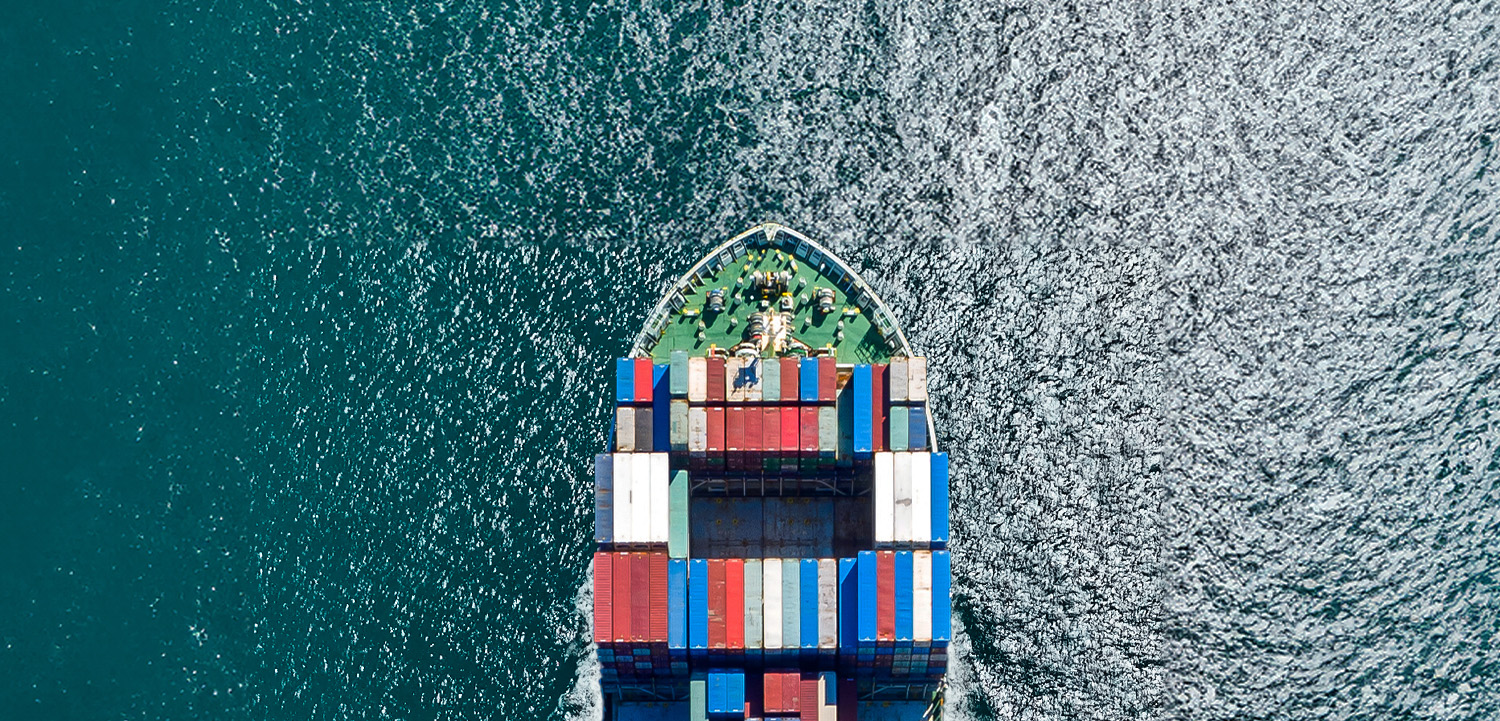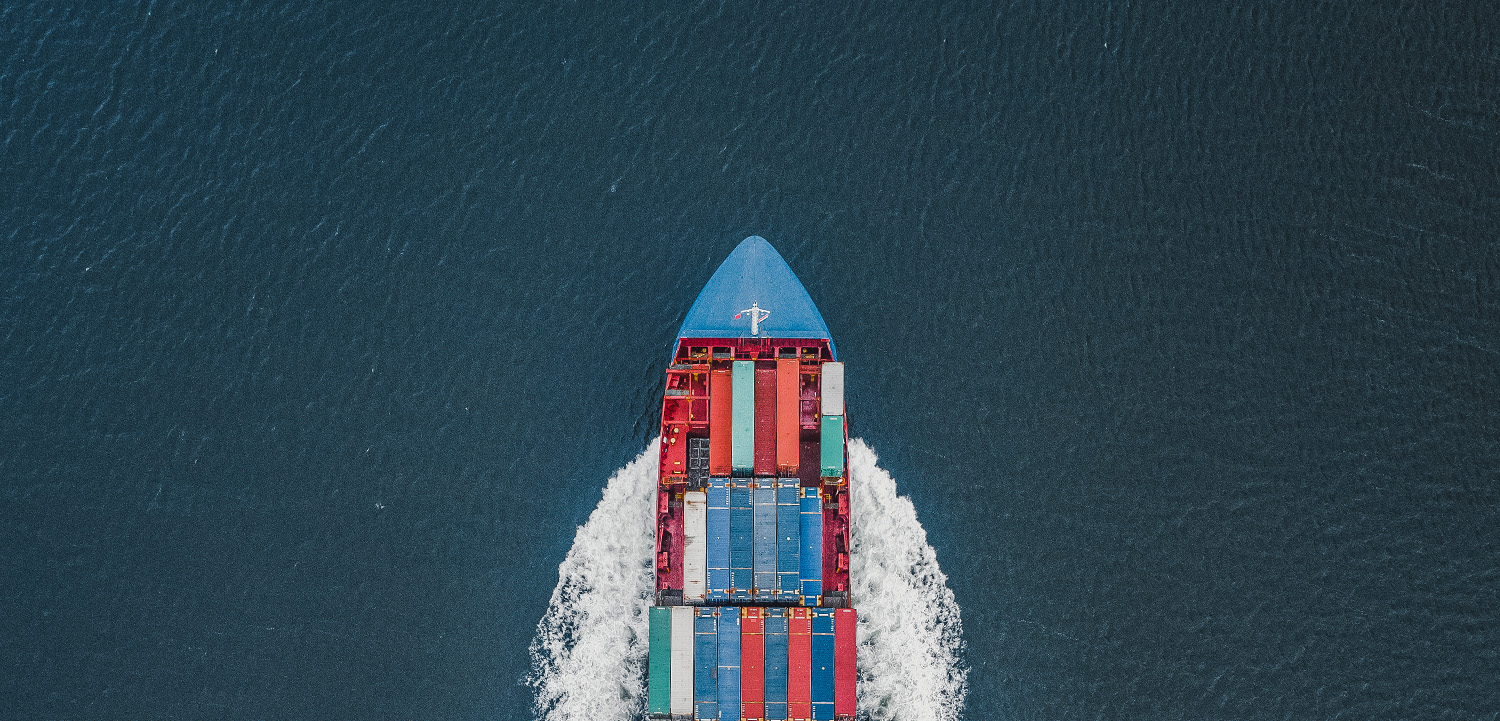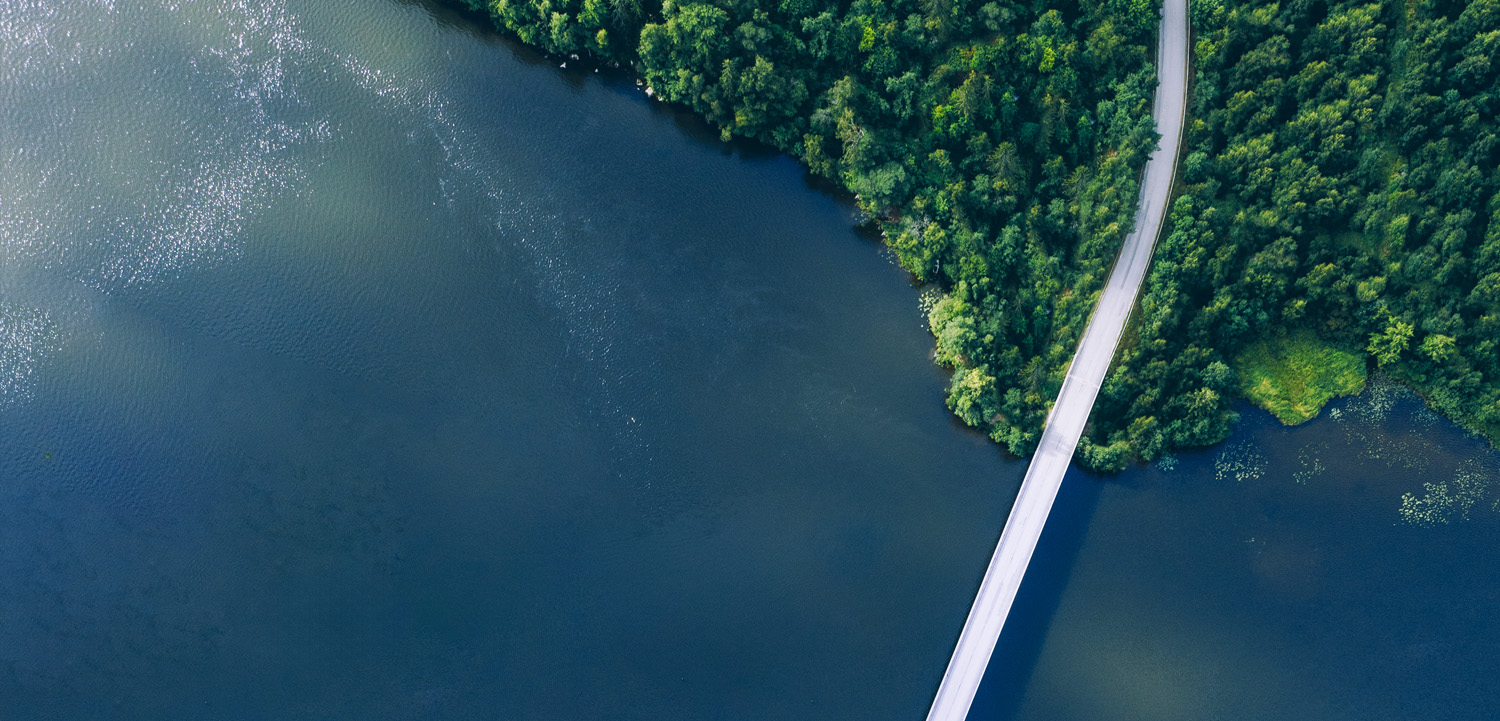Interview
KR Decarbonization Magazine
VOL.11 | NOVEMBER 2025
Navigating Decarbonization:
Danaos Shipping's Strategic Response
Ms. Evi Politi, R&D Director of Danaos Shipping

|

In this exclusive interview for KR’s Decarbonization Magazine, Ms. Evi Politi, R&D Director of Danaos Shipping, shares her insights on the company’s strategic response to evolving environmental regulations, alternative fuel adoption, digital optimization, and crew training. The discussion highlights Danaos’ proactive approach to sustainability and innovation in the maritime industry.
How is Danaos responding to EU ETS, FuelEU Maritime, and IMO mid-term measures?
The maritime industry is currently navigating a rapidly evolving regulatory landscape with challenging new requirements such as FuelEU Maritime, EU ETS, and IMO's mid-term greenhouse gas reduction measures. For Danaos, the EU ETS applies to approximately 19 vessels that call at EU ports , translating into an estimated financial impact of around $12 million for our clients in 2025.
Regarding FuelEU Maritime, the compliance cost for 2025 is estimated to be approximately 30% of the cost incurred under EU ETS. However, starting from 2030 and at five-year intervals thereafter, the cost trajectory increases exponentially, posing a significant long-term financial burden for operators and charterers. As of now, we have not observed any direct impact on vessel operations, and our commercial agreements remain unaffected.
Concerning IMO mid-term measures, these are expected to translate into an effective penalty of approximately $200 per metric ton of VLSFO by 2030, increasing to around $500 per metric ton by 2035. While these figures represent a substantial added cost, we consider them manageable, especially when compared to past fuel price inflation levels experienced during economic crises. We believe this cost can be handled by shipping companies up to 2035.
Do you think the financial burden of these regulations will be transferred to the end user?
Yes, we believe that ultimately the cost will be transferred to the end consumer. Under EU ETS, our clients are responsible for covering the cost, and the same polluter-pays principle applies to FuelEU Maritime. We are currently finalizing our contractual agreements with clients regarding FuelEU Maritime clauses. For IMO regulations, we expect the same principle to be valid.
What is Danaos' strategy for transitioning to alternative fuels such as biofuel, LNG, methanol, and ammonia?
Danaos has invested in newbuilding vessels that are methanol-ready and ammonia-ready from the design stage. In several newbuildings, we have prepared methanol tanks below the accommodation area to accommodate green fuel as soon as it becomes available. Our decarbonization strategy is detailed in our publicly available long-term carbon transition plan.
Currently, our clients are not absorbing the premium associated with transitioning to green fuels. Therefore, we have opted for methanol-ready configurations that allow us to retrofit vessels once green methanol becomes commercially available and financially supported by our clients. We are prepared to retrofit vessels to operate on either green or blue methanol, which, as advised by ExxonMobil, can significantly reduce our carbon footprint.
Given the rapid pace of technological advancement, it is not wise to invest in equipment that may become obsolete, especially when the corresponding fuel is not yet readily available. We have also used biofuels (B30) supplied by our customers without any issues. While we are positive about biofuels, they are considered a midterm solution rather than a radical decarbonization measure.

Which energy efficiency technologies are you applying or testing on your vessels?
Danaos has studied 38 energy efficiency improvement methods since 2013 and invested in many of them across our existing fleet. These include low-friction paints, propeller retrofits, propulsion improvement devices, engine tunings, and smaller measures in the engine room to enhance energy efficiency.
Regarding air lubrication, we have reviewed this measure but found its effectiveness limited, especially for container vessels. The fore and aft sections of the hull contribute most to frictional resistance, and maintaining a stable air layer is challenging due to vessel movements and rupture conditions. As a result, the limited performance benefits do not justify the required investment, and we have rejected this measure.
We also carried out bulbous bow optimizations years ago. It was among the first measures we applied, which yielded very good savings.
After implementing a wide range of retrofits and energy-saving measures across our existing fleet, we believe we’ve reached the limit of what can be achieved through incremental improvements. The next step involves more transformative changes, particularly the adoption of alternative fuels. Our priority is green methanol, followed by ammonia, although ammonia presents significant safety challenges due to its toxicity.
We are also actively exploring carbon capture systems as a midterm solution for decarbonization. In fact, we are developing our own system, which is currently undergoing the approval process.
Do you agree that increasing the carbon tax could accelerate the energy transition?
Yes, increasing the carbon tax would certainly mobilize stakeholders to proceed with necessary investments and finance the carbon transition. It would accelerate the transition process.
Can you tell us about Danaos' digital optimization efforts?
We have developed a sophisticated data analytics platform that incorporates proprietary algorithms for operational profile analysis, emissions monitoring, and forecasting. Additionally, we have implemented an internal carbon pricing tool to assess the financial impact of emissions and support data-driven decision-making.
Our digitalization plan extends beyond environmental analytics. We are in the process of fully digitalizing all company processes, including technical operations, safety management, commercial operations, and accounting. Our goal is to complete this transformation by 2027 to enhance efficiency and transparency across all departments.
Regarding weather routing, we primarily follow our charterers' instructions. Our affiliate company has developed a weather routing software applied to several of our vessels.
How could the USTR-imposed fees and geopolitical developments affect Danaos?
For Danaos, the commercial impact of USTR-imposed fees is indirect. All our vessels operate under charter party contracts, meaning such fees are contractually borne by our charterers. The US container trade accounts for approximately 20% of global container volumes, typically served by vessels ranging from 6,000 to 13,000 TEUs. Liner companies can serve the US market using non-Chinese-built vessels if necessary.
Any additional costs from these fees are expected to be passed through the supply chain to the end consumer. Regarding the dry bulk segment, Danaos exclusively owns and operates capesize vessels that do not engage in US-related trades, so there is no evident impact.

What is Danaos' view on the potential emergence of US-based shipbuilding and the MASGA initiative?
When participating in newbuilding bids, the preference of our charterers and the vessel price are key factors. Charterers may request specific vessel sizes and show preferences for certain yards, such as Korea, Japan, or China. Ultimately, it depends on the client's preference and the competitiveness of the price. If a US shipyard offers a competitive price, we would consider it, but we are not confident they can compete with Korean or Chinese yards.
What is Danaos' approach to small modular reactors?
Small modular reactors are gaining attention as a low-carbon solution. While we remain open to exploring nuclear energy, the current international maritime nuclear regulatory framework is complex and underdeveloped, posing significant legal, safety, and liability challenges. Additionally, nuclear propulsion faces strong public opposition and concerns about radioactive waste management, which hinder its near-term viability. It may be considered in the future, but we are not close to applying this solution onboard at present.
How is Danaos preparing its crew for new technologies and fuels?
Danaos’ commitment to equip seafarers with necessary knowledge and skills is fulfilled through two primary channels. We have pre-boarding familiarization, and the key topics covered include regulatory impact overview, energy efficiency enhancements, digital optimization tools, and global policy updates.
We also have our online training platform. This is a dedicated platform that seafarers can access, offering a curated selection of both market-wide and Danaos-customized courses. Among these are introductions to new fuel types, the IMO greenhouse gas reduction measures, and the safe operation of exhaust gas scrubbers—for instance, when they were first installed, among other topics. In line with the established training framework we have, crew members will receive targeted training on green fuels and technologies once the decision to implement a green retrofit is made.
Of course, I agree with you that comprehensive training is essential to ensure the successful and safe application of new fuels and technologies on board. This is of imperative importance to us—the human factor and how we will be able to be part of the decarbonization process.

What kind of support or collaboration would Danaos like from classification societies such as KR?
Classification societies are strategic partners in the decarbonization effort. KR could support us during the newbuilding stage as a technical advisor and in the approval process of alternative fuel-ready designs. We are also interested in collaborating on joint industry projects related to carbon-neutral technologies and fuel lifecycle analysis. Additionally, we would be keen to explore digital notations for vessels that meet criteria related to digitalization and smart technologies.
We have also collaborated with KR on innovative training tools. For example, KR personnel recently visited one of our vessels to capture virtual reality imagery for the KR Real-360 platform, which supports crew training and vessel familiarization. We welcomed this initiative as it reflects the strong and constructive partnership between Danaos and KR.
Do you have any expectations or cooperation plans with Korean shipbuilders?
We have a long-term cooperation with Korean yards and have built many vessels there, including the latest Daehan vessels with KR. We are willing to continue our shipbuilding activity in Korea, provided the financial criteria are met.
In recent years, workforce challenges in Korean shipyards, together with the rapid progress of Chinese yards, have intensified competition. This has made cost an increasingly important factor in newbuilding decisions. However, beyond cost, our choices will also take into account a range of elements—such as quality, technology, reliability, and the specific nature of each project—with Korea continuing to stand out as a highly valued partner for advanced and high-value projects.
[Editor's Note] This interview was conducted prior to the MEPC ES, where the adoption of the NZF was delayed.